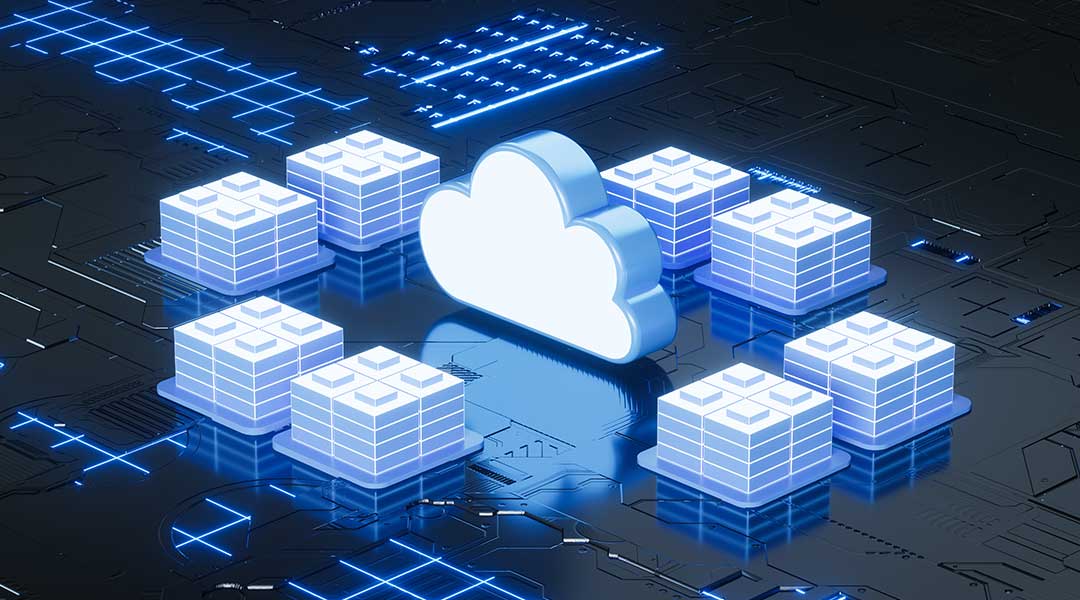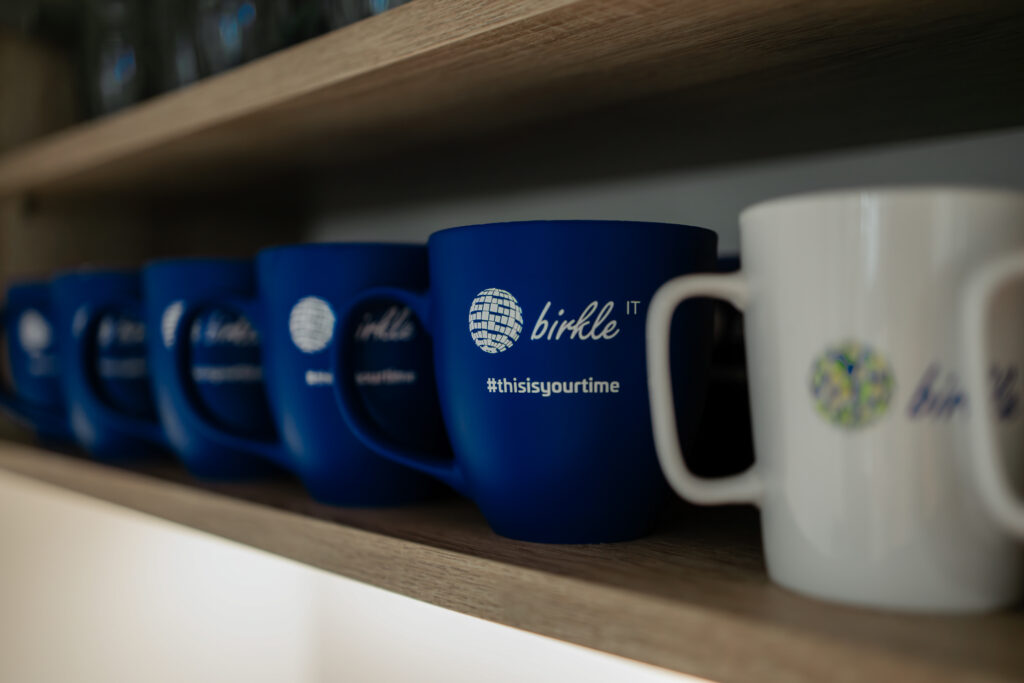
Embracing the Future: The Journey from Legacy Software to Cloud Excellence
In the ever-evolving landscape of technology, businesses are constantly faced with the challenge of keeping their software infrastructure up-to-date. One of the most transformative shifts is migrating legacy desktop applications to modern, cloud-based solutions. This transition is not just a technical upgrade; it’s a complete overhaul that can redefine how a business operates. Today, we delve into the inspiring journey of legacy software migration, focusing on a few remarkable projects birkle IT has accomplished that transitioned from monolithic architectures to cloud-native, microservice-based systems using Kubernetes for load balancing and clustering.
The Legacy Challenge
Legacy software, often built as monolithic applications, can become a bottleneck for innovation.
These systems, while robust in their time, tend to be inflexible, hard to scale, and expensive to maintain. As businesses grow and technology advances, the limitations of legacy systems become more pronounced. Migrating these applications to the cloud offers numerous benefits, including enhanced scalability, improved performance, and reduced operational costs. However, the path to cloud migration goes often with challenges, particularly when it involves a complete rewrite of the application.
Case Study 1: A Logistic Services Transformation

An essential full-supply-chain service for a logistic company, reliant on a monolithic desktop application for its core operations, faced significant hurdles in scaling its services to meet growing customer demands and provide the flexibility in pricing and delivery as customers expected. The decision to migrate the application from a desktop application to the cloud involved a complete rewrite of their application, moving to a microservice architecture and implementing new business logic to accommodate customer trends and wishes.
Component-Based Migration Approach
- Identification: The first step was to identify and categorize the various components of the application. This included separating user interface components, business logic, and data storage functionalities.
- Decoupling: Each component was decoupled from the monolithic application, allowing the development team to understand and isolate dependencies and components.
- Rewriting: Individual components were rewritten as microservices. This modular approach enabled parallel development and testing, significantly speeding up the migration process.
- Deployment: The microservices were deployed in a Kubernetes cluster, with cloud load balancing ensuring optimal resource utilization and high availability.


Benefits realized:
Scalability: The application can now effortlessly scale to handle increased loads, thanks to the microservice architecture and Kubernetes’ orchestration capabilities.
Flexibility: Individual microservices can be updated or replaced without affecting the entire system, leading to faster innovation cycles.
Cost Efficiency: Cloud resources are used more efficiently, reducing operational costs.
Case Study 2: Asset management and maintenance
An asset management and maintenance SaaS application was struggling with their growth of new onboarding new customers and implementing additional features due to their legacy software which imposed several scalability issues. Migrating from an legacy on-premise application to a cloud native application created a basis for further growth
Component-based Migration Approach
- Assessment: The existing system was thoroughly assessed to identify critical components and their interactions.
- Modularization: Key functionalities, such as inventory tracking, maintenance scheduled, and spare part management, were modularized and rewritten as microservices.
- Integration: Microservices were integrated into a Kubernetes environment, with cloud load balancing to ensure smooth performance during peak shopping seasons.


Benefits realized:
- Scalability: The system can scale to accommodate more users and data, ensuring that industry and healthcare customers can deliver uninterrupted services.
- · Improved Performance: The new system delivers faster response times and better performance, enhancing the customer experience.
- · Operational Agility: The company can quickly adapt to market changes, introducing new features or services without major disruptions.
- · Reliability: Cloud load balancing and Kubernetes clustering provide high availability, reducing downtime.
The Power of Component-Based Migration
Component-based migration offers a structured approach to legacy software modernization. By breaking down a monolithic application into discrete components, businesses can manage the complexity of the migration process more effectively. This approach allows for:
- Parallel Development. Different teams can work on separate components simultaneously, accelerating the overall migration timeline.
- No Big bangs! Smaller, incremental changes reduce the risk of failure, making it easier to identify and fix issues.
- No down-time! Businesses can gradually transition to a cloud-native environment, continuously improving and refining their systems.
Conclusion
Migrating legacy software to the cloud is a transformative journey that offers significant rewards. By adopting a component-based migration strategy and leveraging modern technologies like microservices and Kubernetes, businesses can achieve unprecedented levels of scalability, flexibility, and efficiency. These inspiring case studies demonstrate that with careful planning, dedication, and the right approach, the future of technology is not just a destination but an exciting journey of continuous improvement and innovation.
If you would like to learn more about our component-based migration strategy, book a free consultation with our delivery and solution architecture experts.


We want your challenge!
Contact us today and let’s talk about your legacy migration opportunities.
Your Contact Person: Paul Giordano Bruno